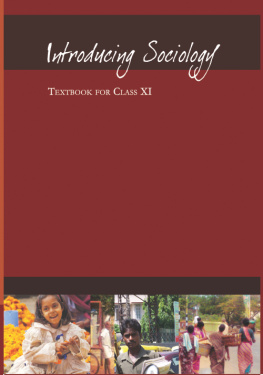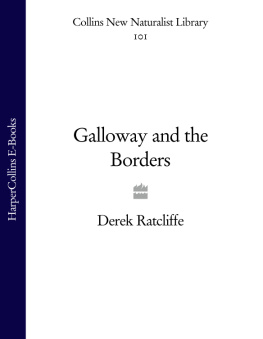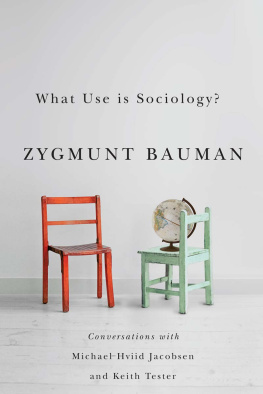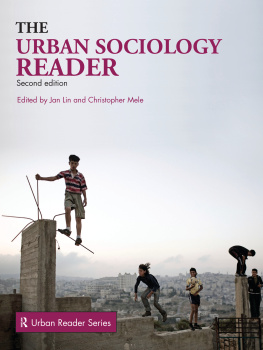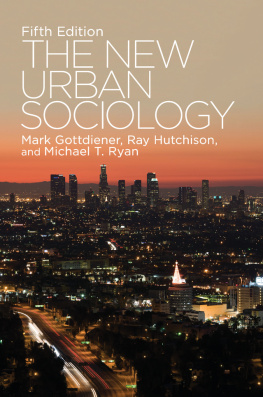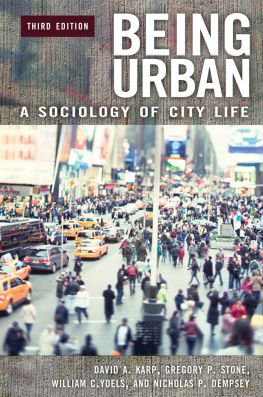James Littlejohn - Westrigg
Here you can read online James Littlejohn - Westrigg full text of the book (entire story) in english for free. Download pdf and epub, get meaning, cover and reviews about this ebook. year: 2013, publisher: Routledge, genre: Home and family. Description of the work, (preface) as well as reviews are available. Best literature library LitArk.com created for fans of good reading and offers a wide selection of genres:
Romance novel
Science fiction
Adventure
Detective
Science
History
Home and family
Prose
Art
Politics
Computer
Non-fiction
Religion
Business
Children
Humor
Choose a favorite category and find really read worthwhile books. Enjoy immersion in the world of imagination, feel the emotions of the characters or learn something new for yourself, make an fascinating discovery.

- Book:Westrigg
- Author:
- Publisher:Routledge
- Genre:
- Year:2013
- Rating:4 / 5
- Favourites:Add to favourites
- Your mark:
- 80
- 1
- 2
- 3
- 4
- 5
Westrigg: summary, description and annotation
We offer to read an annotation, description, summary or preface (depends on what the author of the book "Westrigg" wrote himself). If you haven't found the necessary information about the book — write in the comments, we will try to find it.
Westrigg — read online for free the complete book (whole text) full work
Below is the text of the book, divided by pages. System saving the place of the last page read, allows you to conveniently read the book "Westrigg" online for free, without having to search again every time where you left off. Put a bookmark, and you can go to the page where you finished reading at any time.
Font size:
Interval:
Bookmark:

In 13 Volumes
| I | An Approach to Urban Sociology | Mann |
| II | City and Region | Dickinson |
| III | The City Region in Western Europe | Dickinson |
| IV | English Rural Life | Bracey |
| V | New Dubliners | Humphreys |
| VI | The Personality of the Urban African in South Africa | de Ridder |
| VII | The Regions of Germany | Dickinson |
| VIII | Revolution of Environment | Gutkind |
| IX | Rural Depopulation in England and Wales 1851 1951 | Saville |
| X | The Social Background of a Plan | Glass |
| XI | The Sociology of an English Village: Gosforth | Williams |
| XII | The West European City | Dickinson |
| XIII | Westrigg | Littlejohn |

Routledge and
Routledge
or utilized in any form or by any electronic, mechanical, or other means,
now known or hereafter invented, including photocopying
and recording, or in any information storage or retrieval system, without
permission in writing from the publishers.
of the works reprinted in The International Library of Sociology.
This has not been possible in every case, however, and we would
welcome correspondence from those individuals/companies
we have been unable to trace.
A CIP catalogue record for this book
is available from the British Library
ISBN 0-415-17712-X
Urban and Regional Sociology: 13 Volumes
ISBN 0-415-17830-4
The International Library of Sociology: 274 Volumes
ISBN 0-415-17838-X
ISBN 9781136259999 (ePub)
reprint but points out that some imperfections in the original
may be apparent
February, I963.
Font size:
Interval:
Bookmark:
Similar books «Westrigg»
Look at similar books to Westrigg. We have selected literature similar in name and meaning in the hope of providing readers with more options to find new, interesting, not yet read works.
Discussion, reviews of the book Westrigg and just readers' own opinions. Leave your comments, write what you think about the work, its meaning or the main characters. Specify what exactly you liked and what you didn't like, and why you think so.

